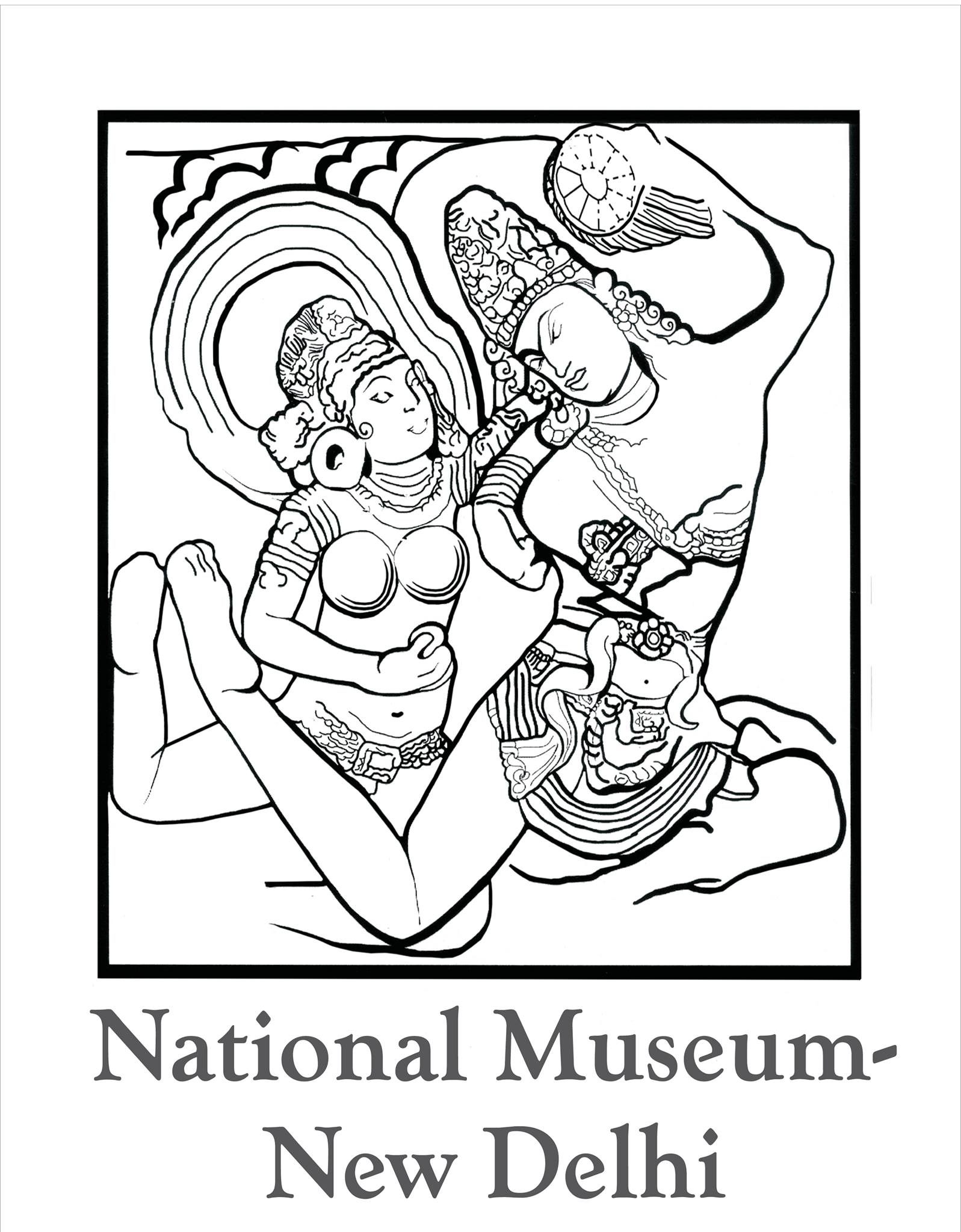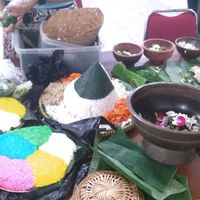The National Museum New Delhi

The National Museum, New Delhi, inaugurated in 1949, presently holds approximately 2,00,000 objects of a diverse nature, both Indian as well as foreign, and its holdings cover a time span of more than 5,000 years of Indian cultural heritage. At present, the National Museum is under the administrative control of the Ministry of Culture, Government of India.
The vision of the National Museum is:
- To collect art objects of Historical, Cultural and Artistic significance for the purpose to display, protection, preservation and interpretation
- To disseminate knowledge about the significance of the objects in respect of history, culture and artistic excellence and achievements
- To serve as cultural centre for enjoyment and interaction of the people in artistic and cultural activity
- To serve as epitome of national identity
Similar content
25 May 2017 - 30 Mar 2018
posted on
30 Nov 2011
posted on
03 Feb 2012
25 Nov 2015 - 27 Nov 2015

